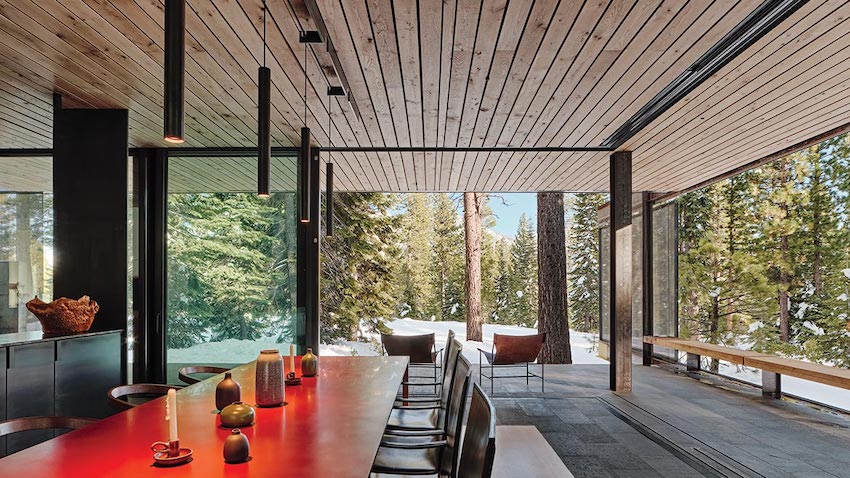
The Art of Architects Building for Architects
Learning Objectives:
- Describe how and why the Analog House team decided to work together
- Explain the way Lesa and Greg’s former projects impacted their vision for Analog House.
- List the materials used in the Analog House project and the reasons for selecting them.
- Discuss how Steve and Tom engaged their firm to realize the Analog House vision.
Credits:
This course is approved as a Structured Course
This course can be self-reported to the AANB, as per their CE Guidelines
Approved for structured learning
Approved for Core Learning
This course can be self-reported to the NLAA
Course may qualify for Learning Hours with NWTAA
Course eligible for OAA Learning Hours
This course is approved as a core course
This course can be self-reported for Learning Units to the Architectural Institute of British Columbia
Design.ED presents Tom Kundig and Steve Grim of Olson Kundig, with Greg and Lesa Faulkner of Faulkner Architects discuss the concept and design of Analog House, collaborating between architecture practices, and building within the pine trees of Truckee, California. They discuss the benefits of working alongside other architects who intimately understand the materials, and who are interested in integrating landscape and fire into their design. Overall. they describe the surprising delights they discovered in the process of being open to new ideas while also paying tribute to each other’s design strengths.

Photo © Joe Fletcher
The Analog House’s dining room has oak-slatted acoustical ceilings and black steel columns.

|
Aaron Prinz is the host of the Design:ED Podcast and holds a Masters of Architecture degree from the University of Texas at Austin. He was born and raised in the rural Northern California town of Red Bluff, just two hours south of the Oregon border. After one year of college, Prinz relocated to San Francisco to pursue a career in stand-up comedy. At age 26, he began studying architecture at Portland State University while interning at Studio Petretti Architecture led by Amanda Petretti. His professional contributions while at Studio Petretti were focused on a portion of the new Multnomah County Courthouse which is a prominent addition to the Portland skyline. He currently resides in Austin, Texas with his wife Roxanne where he continues to work as a designer. |














